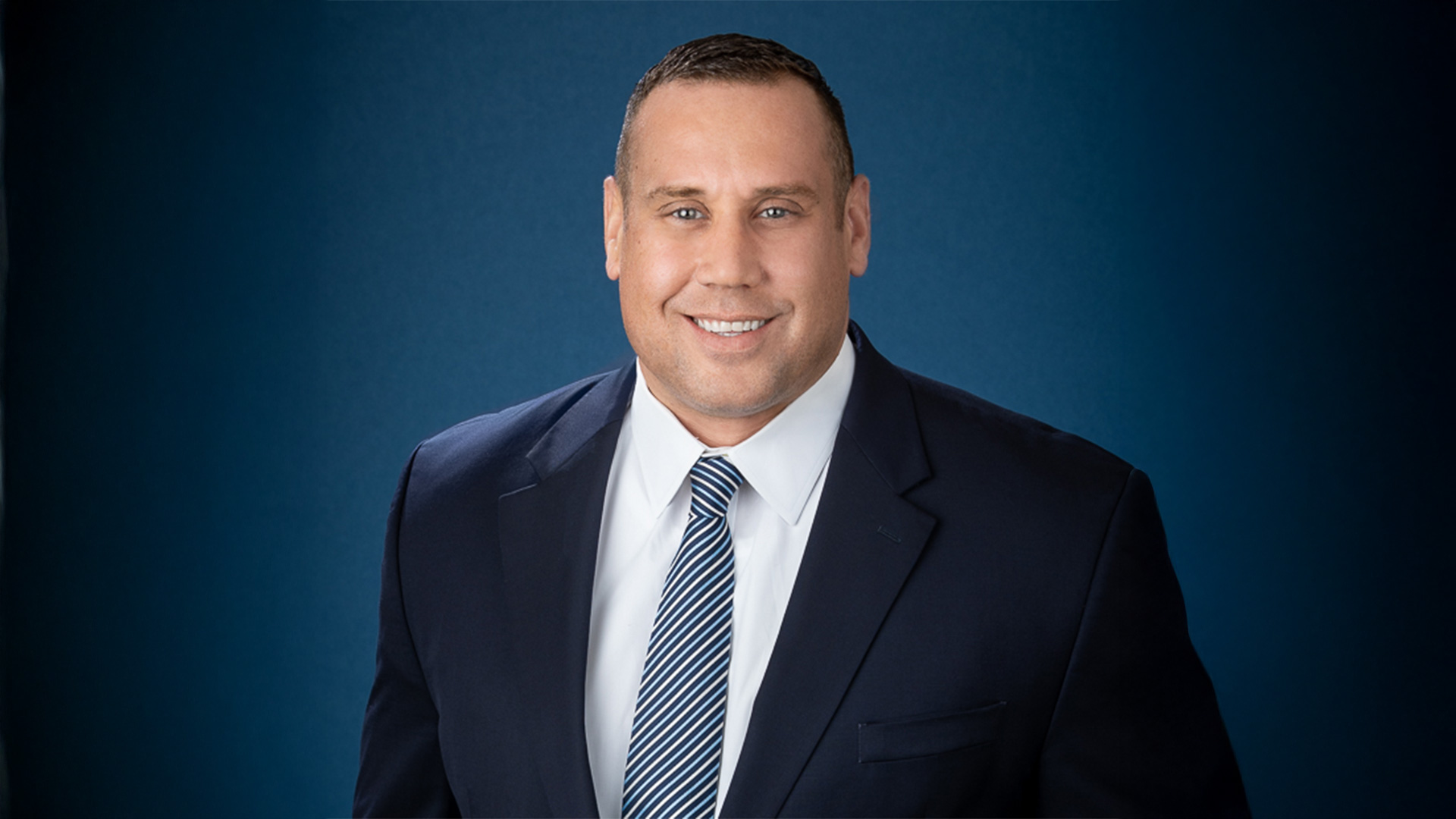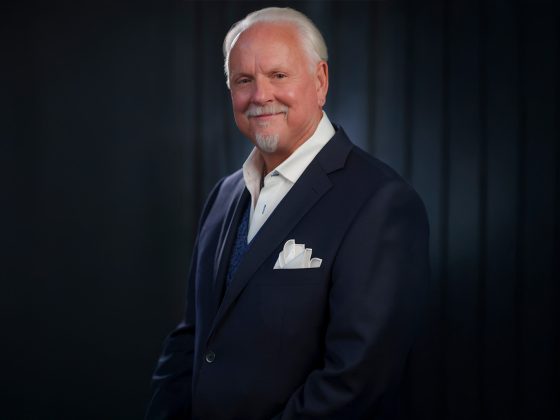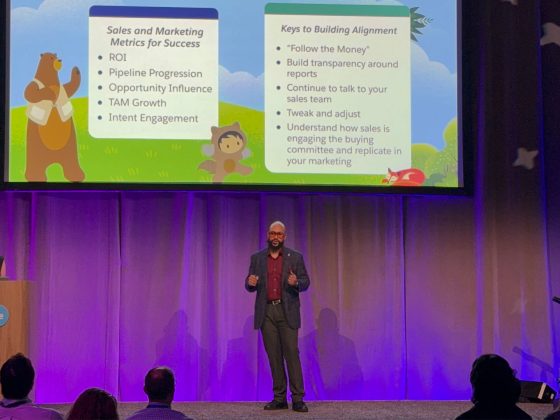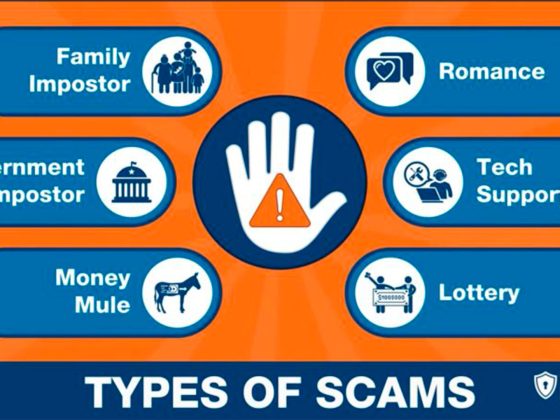Sales teams across industries face a persistent challenge that costs companies millions in lost revenue and high turnover rates. Despite significant investments in training and technology, many organizations struggle to understand why their sales professionals consistently miss quotas and fail to reach their full potential. Dr. Mladen “MC” Cvijanovic has spent years studying this problem and has developed a systematic approach to diagnosing and fixing sales team failures.
Diagnosing Sales Team Failure
The question haunts every business leader who watches their sales numbers fall short of expectations. Dr. Cvijanovic points to a fundamental issue that most companies overlook when analyzing their sales performance. “There are many different reasons why a sales team fails or does not reach its full potential,” he explains. The problem isn’t usually obvious, which is why so many businesses continue struggling despite throwing more resources at their sales departments.
Most organizations focus on surface-level fixes, such as hiring more salespeople or investing in expensive software. However, the real issues run much deeper and require a systematic approach to identifying and addressing them. Understanding why sales teams consistently underperform requires looking beyond individual performance metrics to examine the underlying structural problems.
Strengthening the Sales Triangle
Dr. Cvijanovic’s diagnostic approach is built around what he calls the optimal sales triangle, a framework focused on three core elements: people, tools, and processes. “Where we need to start is by looking at these three angles,” he explains. Each one plays a critical role, and all must work together for a sales team to perform at its best.
The people component goes beyond just hiring talented salespeople. Companies need comprehensive strategies for recruiting, training, incentivizing, supporting, and retaining their sales professionals. The tools’ angle covers everything from CRM systems to business intelligence platforms and advertising tools that help generate leads. But having great people and cutting-edge tools means nothing without the third component. “If you have people and tools, but you don’t have processes, you don’t have anything,” Dr. Cvijanovic states bluntly. Processes provide the structure that allows people to use tools effectively and consistently. Without documented, repeatable processes, even the most talented sales teams will struggle to maintain consistent performance.
Shaping Client Perception
Even companies that master the optimal sales triangle sometimes find themselves missing revenue targets. When all three angles appear to be functioning well, the problem often lies in how the market perceives the company’s value. Dr. Mladen emphasizes the importance of understanding client perception: “We must look into the perceived value and the perception your company has with your current clients, and more importantly, your prospective clients.”
The distinction between being a valued partner and just another vendor can make or break sales efforts. Companies that fail to establish clear value propositions often find themselves competing primarily on price, which leads to reduced margins and unstable client relationships. Addressing fundamental questions about company positioning and market differentiation is required to solve this perception problem.
The Three Critical Questions for Every Business
When structural issues and value perception have been optimized but sales still fall short, Dr. Cvijanovic recommends a deeper diagnostic approach. Every successful business must be able to answer three fundamental questions that prospects need answered: “Who, What, and Why,” he explains.
1. What is the optimal sales triangle, and why does it matter?
The optimal sales triangle consists of people, tools, and processes. Without all three working together, sales teams fail regardless of individual talent or expensive technology investments.
2. How do the “Who, What, Why” questions help struggling sales teams?
These questions build brand awareness, recognition, and differentiation sequentially. Companies must answer who they are, what they do, then why they’re unique to earn client trust.
3. When should companies consider getting help with their sales performance issues?
The final question proves most challenging for many organizations. “Why are you better than a thousand other vendors? Why are you unique?” Dr. Cvijanovic explains that answering “why” creates brand differentiation, the ultimate goal of effective positioning. Only when companies can clearly articulate their unique value do prospects understand “why they should trust you with their money and the faith of their company.”
He notes that these three components build upon each other sequentially. “The who, if you answer that, establishes brand awareness. The what, if you’re able to answer that effectively, establishes brand recognition. And if you’re able to do both of those, then and only then you can go down to answering why.” Through his MCG Worldwide practice, Dr. Cvijanovic offers companies a “proprietary and fully customizable process” to identify gaps in their sales performance and optimize their approach across all these essential areas. When leaders view coaching as strategic leverage rather than soft skills development, the business results become undeniable.
Connect with Dr. Mladen Cvijanovic on LinkedIn to explore how your sales team can unlock its full potential.










